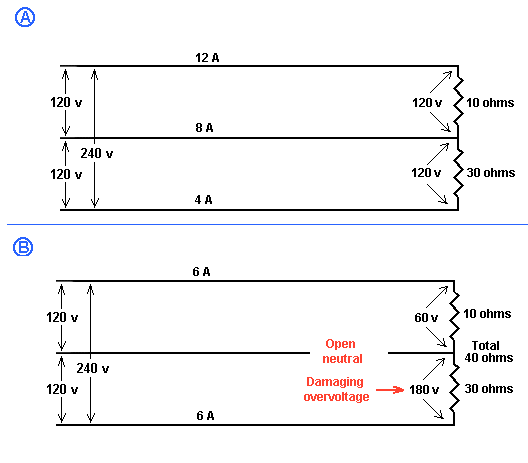dougrainer wrote:
Lets handle some misstatements here.
220 versus 120. Well, for RV's below 500K, this is a non issue. It allows smart alecks to tout their limited knowledge when they claim YES, there is 220(240) to the RV. Technically, yes. But the systems are built and separated that ONLY 120 volts is in the RV. ALL the claims of 220(240) do is make people think they have that when they do NOT. It just confuses them. They always tout the HI LINE RV's that have 220 dryers and such. Well. this forum is not about Hi line RV's, it is for the 99 percent that are under 500K. People that have million plus RV's do not read these forums and they certainly do not attempt to repair problems themselves. Doug
Sorry Doug, I have to disagree with you.

I am "IN" my RV. I am in the bedroom of my RV. My RV is not a "hi line", and no where near $500,000, and I fix my own RV. I am not a smart alec, and I DO know what I am talking about because I do electricity for a living, and I spent several years gaining a degree in electrical engineering just to back it up, so please don't tell me that there is no 240v in my RV and please don't confuse the issue more than it already is by making additional misstatements.
The real confusion happens when people don't understand the difference between 50 amp RV service and 30 amp RV service. However, the 240v that is in the RV can be a real problem is there is a loose neutral, for example.
Not trying to cause trouble, just trying to clear up an ongoing problem.
